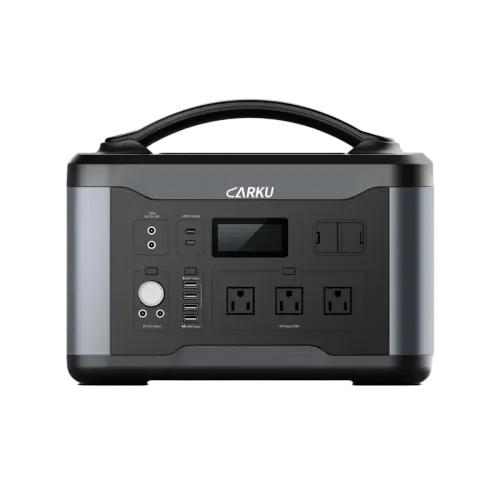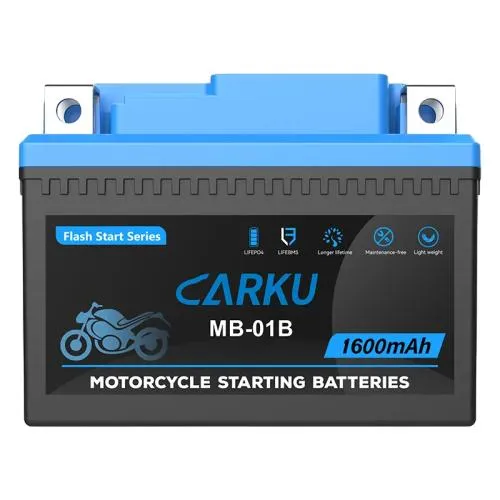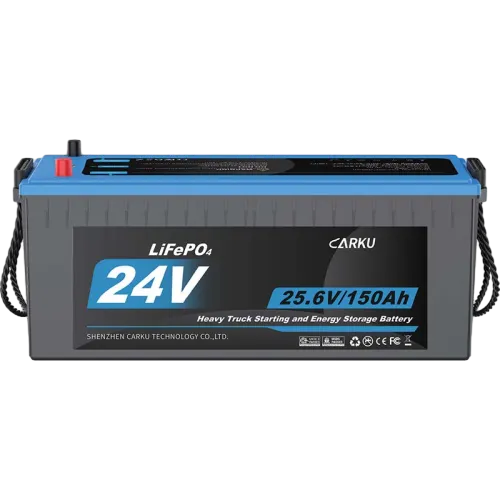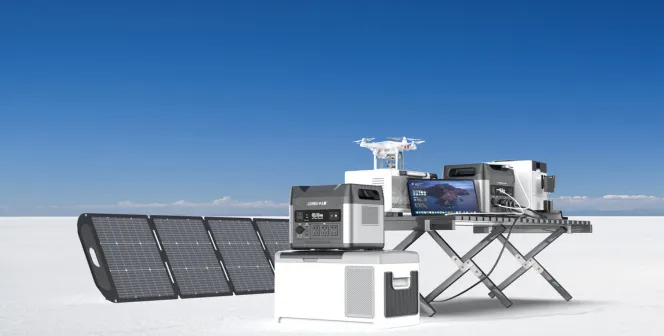Tired of short battery life and safety concerns? Our top 4 LiFePO4 power stations of 2025 with offer long-lasting solar charging, multiple AC outlets, and reliable backup for camping, vans, and emergencies.
LiFePO4 vs. Lithium-Ion: What Makes Them Better for 2025
A LiFePO4 power station is a portable energy storage device built with lithium iron phosphate (LiFePO4) batteries. LiFePO4 batteries belong to the lithium-ion family but use iron phosphate as the cathode material instead of cobalt-based compounds.This chemistry delivers major advantages, such as longer lifespan, enhanced safety, and superior thermal stability. As a result, LiFePO4 power stations provide a clean, rechargeable source of electricity, making them ideal for phones, laptops, tools, medical devices, lights, refrigerators, and other small appliances, especially in off-grid, outdoor, or backup power situations.
How We Tested: Our Selection Criteria for Top 4 Power Stations?
We've developed a comprehensive testing structure to ensure manufacturers provide accurate specifications and that units are safe and reliable. We believe readers deserve the best portable power station for their money, balancing capacity, cost, and features.
Visual Inspection: We start with a detailed visual inspection, checking for physical damage, loose components, or crushed cables. Proper packaging protects these lithium battery units during shipping.
Capacity Testing: Initial charging begins by plugging the unit into AC mains (units typically ship at 50% charge). This first charge cycle is crucial for models where the power station has a capacity of 100Wh to 2180Wh using lithium iron phosphate battery chemistry, as it activates the BMS. During this process, LCD panels, buttons, and ports are verified for correct function, the unit links to smartphone apps, and confirmation is made that the power station can run at its stated capacity and output levels.
After charging, we conduct multiple discharge/charge cycles to condition the batteries. We connect a 500W floodlight for AC outlets or USB-C power banks to fully discharge the system. Using power meters, we measure actual capacity by tracking recharge consumption. Multiple tests ensure consistent results.
Expansion Options: Effective expansion capabilities address critical home backup power challenges: Adding extra LFP batteries increases runtime during extended power outages without sacrificing output power quality. Otherwise, connecting additional solar panels for recharging reduces dependence on grid power and shortens recovery time. Multiple input options maximize charging speed, ensuring the power supply remains ready as a dependable power source for emergencies.
Jump-Start Testing: We connect smart jumper cable to a battery terminal, then activate the unit to verify it delivers sufficient power to start a vehicle when a battery is dead.
Solar Charging: For solar generator systems, we test solar panels for recharging to verify they efficiently restore battery capacity. We evaluate solar input performance by measuring actual wattage output under various conditions and calculating charging efficiency rates.
Key Features to Consider: Capacity, Ports, and Solar Compatibility
There are many factors to consider when recommending a portable power station.
-
Charged Battery Pack capacity: typically ranging from 99.9Wh to 2108Wh.
-
Built in With Inverter: converts stored DC into AC output for household devices.
-
DC and USB Ports: for charging phones, tablets, and DC-powered gear.
-
Charge Controller: manages safe charging and discharging.
-
Input Ports: support charging from wall sockets, car outlets, or solar panels.
-
Display and Controls: show real time power usage and system status.
-
Long lifespan:Power stations uses lifepo4 batteries assembled to last 3000+ times, with a longer life than other batteries and lighter quality than other old batteries. They’re reliable and eco-friendly power solutions.
Together, these features form a mobile powerhouse: storing solar energy from solar panels or AC outlets, then converting it into reliable, usable electricity whenever and wherever you need it.
Who Is Better? Range From Mini to Large Power stations
Capacity Guide: Matching Power Station Size to Your Needs
PB-107 99.9Wh – Carry-On Ready for Flights
The PB-107 takes a different approach than our PB-20 (640Wh, 9.3kg). With its smaller power station, capacity comes game-changing portability – at just 1kg, it's 9x lighter and designed for scenarios where the PB-20 simply can't go.
This rechargeable battery features durable LiFePO4 chemistry that's both eco-friendly and exceptionally safe. Rated for 3,000 charge cycles, it maintains reliable performance for over 8 years while staying cool even under heavy use.
Lightning-Fast Recharging:
The portable power station can be charged via PD 65W USB input, reaching full capacity in just 1.5 hours. No more waiting around – plug in during lunch and you're ready for the afternoon adventure.
Outlasts Your Expectations:
How long can portable power station can last? For camping photographers, the PB-107 recharges an 1865mAh camera battery up to 12 times on a single charge. That's days of shooting without touching the grid.
With 5 USB ports plus a 220V 50Hz AC outlet (max 120W), you have the power to keep all your essentials alive simultaneously – laptop, phone, camera, drone, and LED lights. The 3,000-cycle safety battery outlasts typical power banks by 5 years.
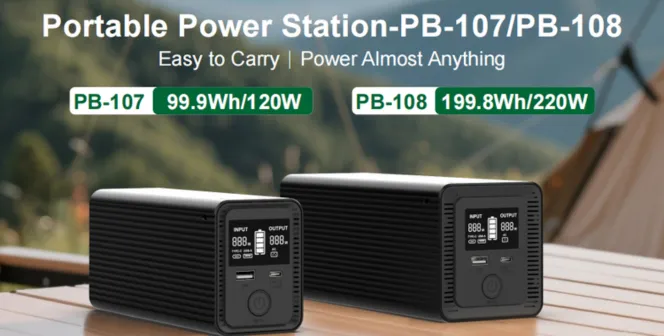
PB-20 640Wh – Powers Outdoor Living & Light Appliances
This small power station delivers 640Wh capacity with 600W AC output, making it a true portable power station for camping that powers real appliances, not just devices. Multiple power output options include AC 220V, PD 60W fast charging, dual DC ports, and car charger plug.
Real-World Runtime:
500W rice cooker: 1.1 hours (cook 2-3 meals)
40W fan: 14 hours (all-night comfort)
Devices: Charge phones over 50 times or laptops 8+ hours
Perfect for weekend camping, beach trips, outdoor work, or as reliable emergency power backup when the grid fails. At 9.3kg, the PB-20 is car-friendly yet powerful enough to replace your outdoor generator.
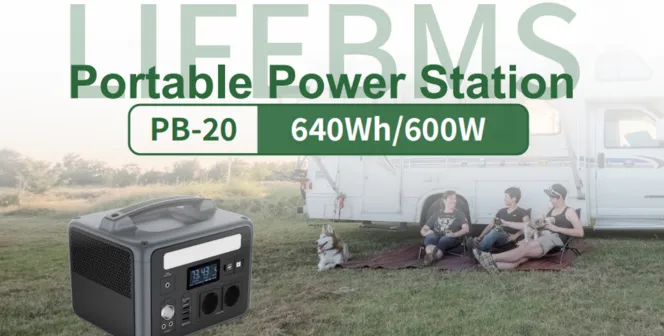
PB-29 1408Wh - Powers Tools, Medical Devices
The PB-29 redefines reliable backup power with 1408Wh capacity and professional-grade 2200W AC output. From job sites to home emergencies, this backup during power outages system powers appliances and tools that matter most.
What 2200W PB-29 Actually Powers:
Construction sites: Circular saws, drills, compressors simultaneously
Home backup: Run refrigerator & lights & fans for 8-24 hours
Outdoor events: Electric griddles, coffee makers, sound systems
Emergency response: Medical equipment, communication devices, lighting
Professional-Grade Power Output:
AC 220V 50Hz Pure Sine Wave (2200W rated) – safely powers sensitive electronics and high-draw appliances
USB-C PD 100W delivers rapid laptop charging power
6 USB + 4 DC ports handle multiple devices simultaneously
1000A peak jump starter revives dead car batteries (12V DC)
3,000+ cycle lifespan ensures years of reliable service
Scale Your Power: Add optional 1408Wh battery to reach 2816Wh total – doubling the amount of power for multi-day autonomy. The expansion battery connects seamlessly with multiple PB models via included cable, giving you flexibility as needs evolve.
True Energy Independence: Integrate up to 200W portable solar panels to harness solar power for off-grid recharging. Create a self-sustaining energy system that provides reliable backup power without fuel, noise, or emissions – perfect for remote work sites, RV living, or home emergency preparedness.
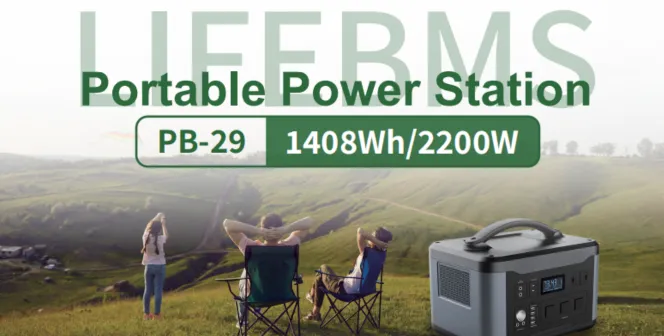
PB-91 2816Wh – Your Home's Energy Insurance Policy
When the grid fails, the PB-91 keeps your life running. This premium power station for home backup combines massive 2816Wh capacity with professional 3600W output, powered by the safest battery technology available – LiFePO4 portable battery chemistry that eliminates fire risks.
During Summer Outages:
1.Run your 840W air conditioner for 3 hours straight
2.Keep a 60W refrigerator cold for 42 hours (nearly 2 full days)
3.Power fans, lights, phone chargers, and WiFi simultaneously
For Extended Blackouts:
1.40W fan runs for 42+ hours (multiple nights of comfort)
2.280W juicer operates 9 hours (fresh nutrition all week)
3.Essential home systems for 12-24 hours of normalcy
Never Wait for Power:
800W solar input – full recharge in 3.5 hours with solar panels (true energy independence)
2200W AC charging – grid recharge in just 1.5 hours (back to ready before the next outage)
Complete Connectivity:
4 AC outlets (3600W total) – run multiple appliances at once
6 USB ports + 100W USB-C PD – charge every device in your household
2 car charger ports + 2 DC outputs – power 12V equipment
Built-in 1000A jump starter emergency vehicle rescue
Safety You Can Trust: The LiFePO4 portable battery is the safest battery choice for home use. With 3,000+ cycle lifespan (8+ years), pure sine wave output, and zero thermal runaway risk, whether preparing for storm season, supporting medical equipment, or achieving energy independence, the PB-91 is the power station for home backup that never compromises.
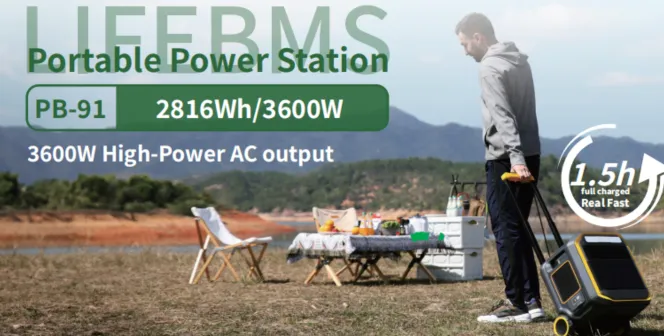
Frequently Asked Questions
1. Is it bad to keep power stations with LiFePO4 batteries fully charged?
Always charge power stations fully before each use. Thanks to modern LiFePO₄ (LFP) battery chemistry, these units are designed to stay at 100% charge without suffering long-term degradation.
2. Which brand of portable power station is best?
It depends on how much power you need and what devices you plan to run. Different brands excel in different capacity ranges. Here’s a quick breakdown: EcoFlow – High output, great for home backup. Vtoman & Carku – Balanced capacity, versatile for both indoor and outdoor. Jackery – Compact and portable, ideal for camping trips.
3. How long will it take a 400W solar panel to charge a 1408Wh solar generator?
In real-world use, charging efficiency is usually 70–80%, and sunlight is rarely constant. So you should expect 9–11 hours of actual charging time with one 200W panel.

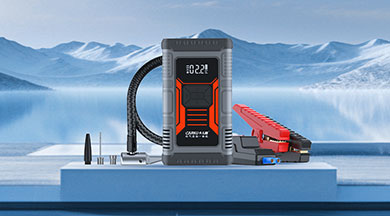
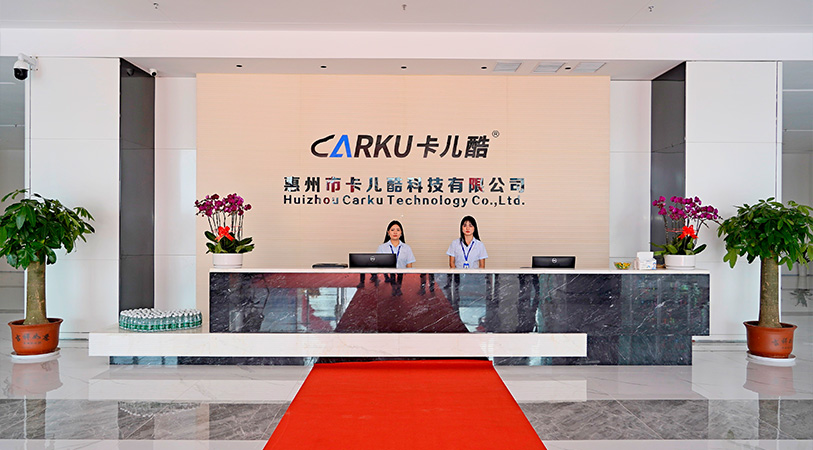




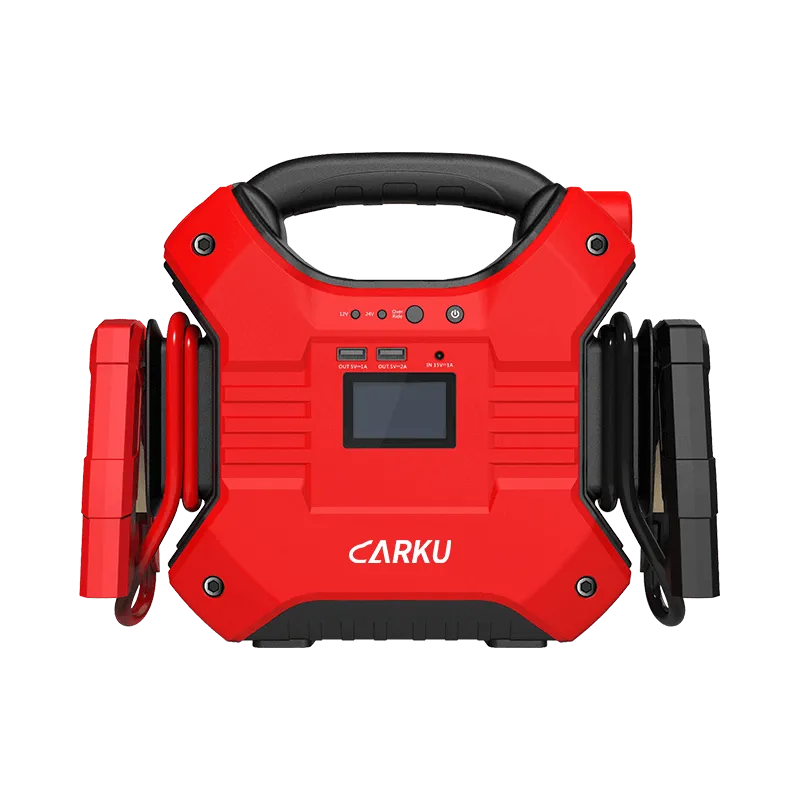

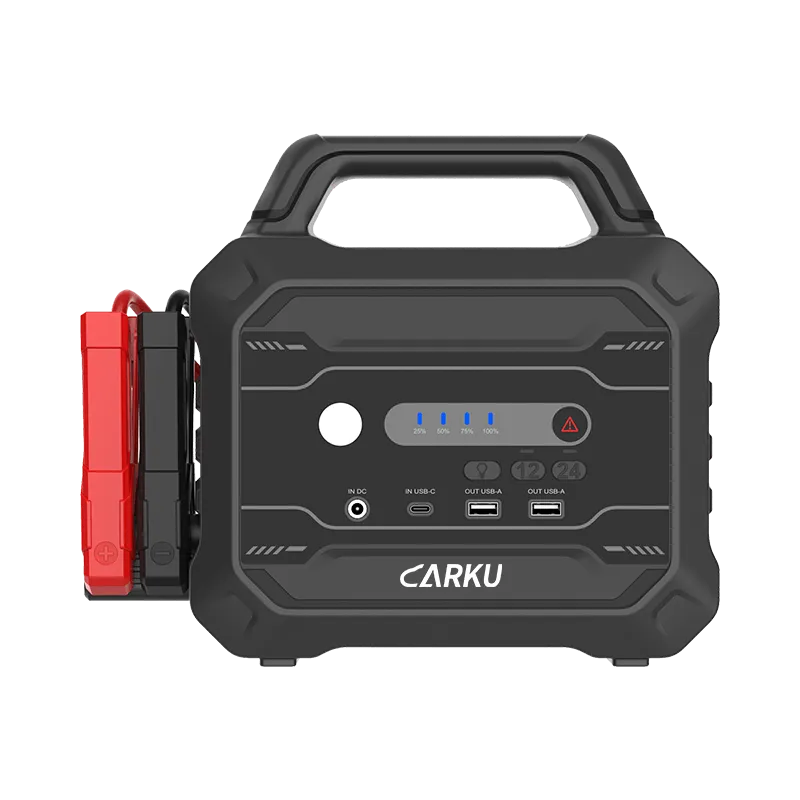

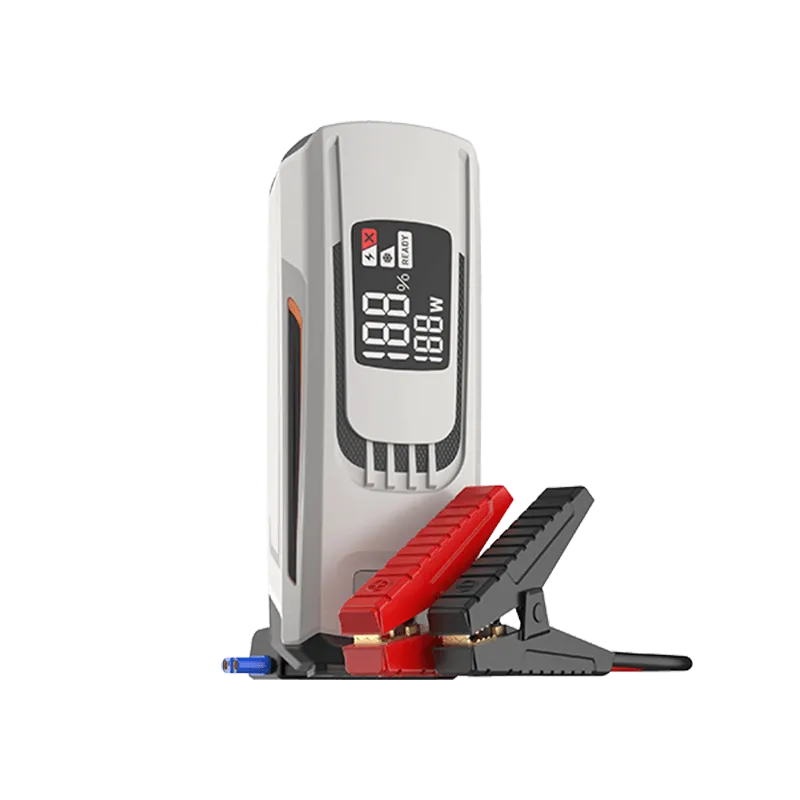
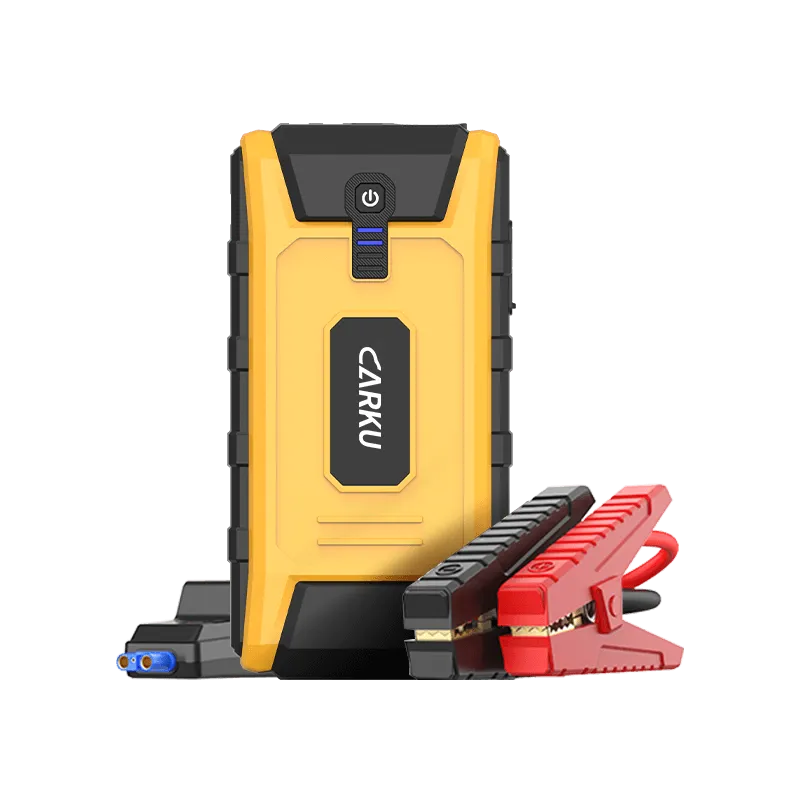
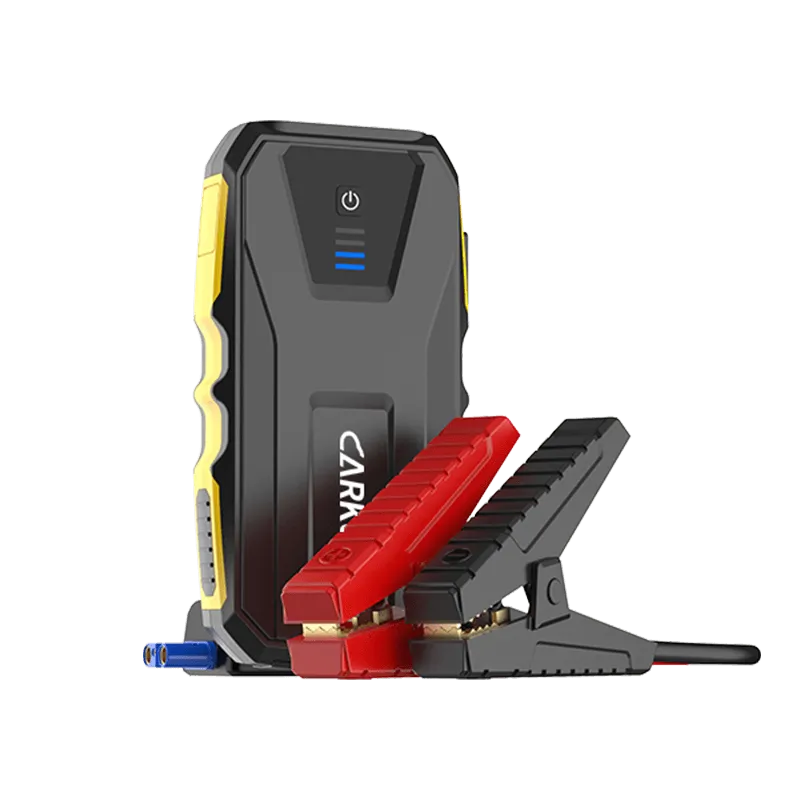
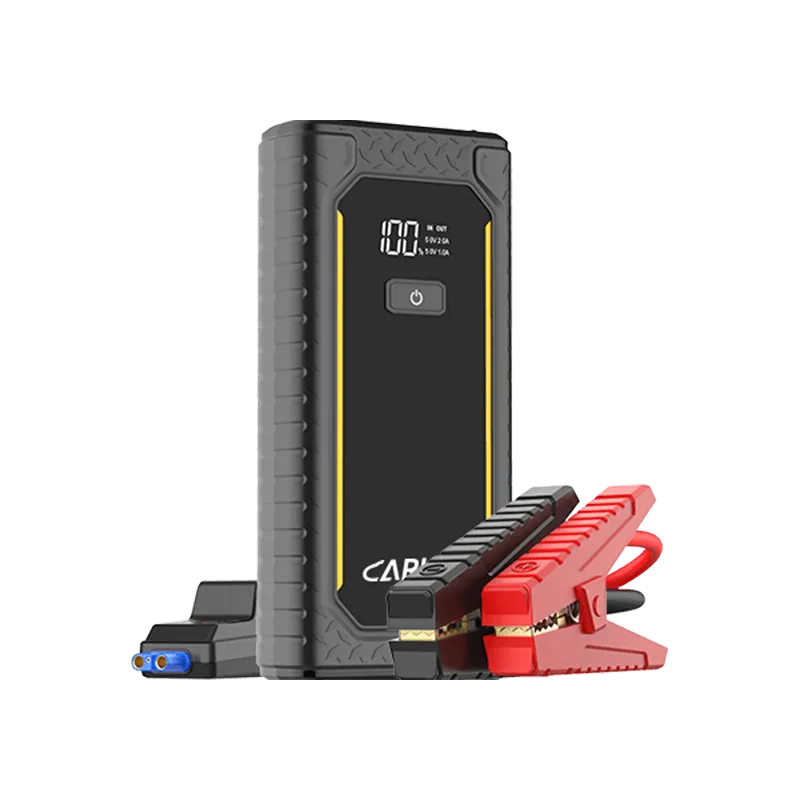
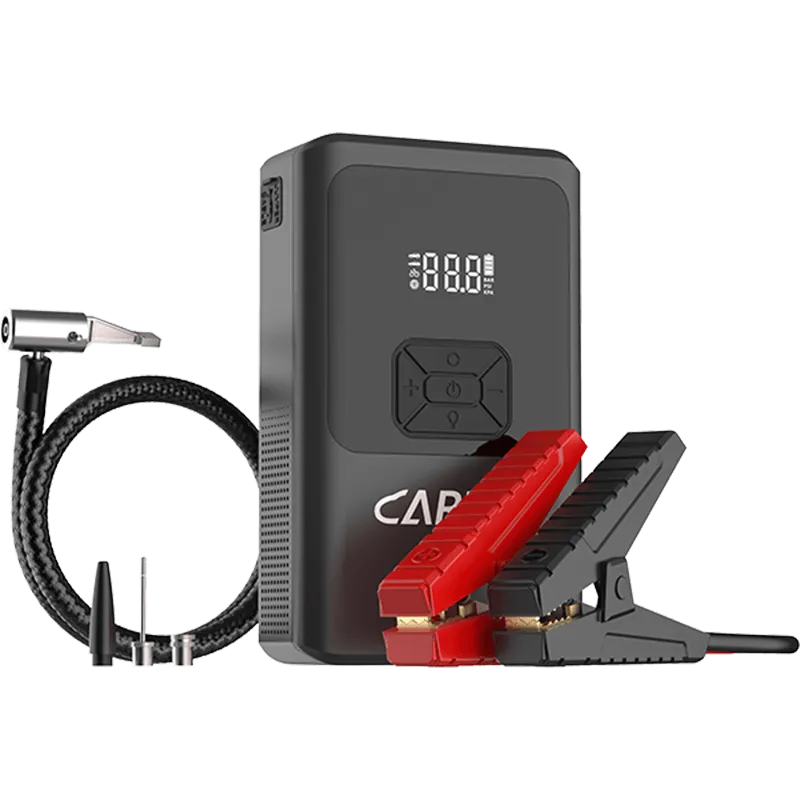
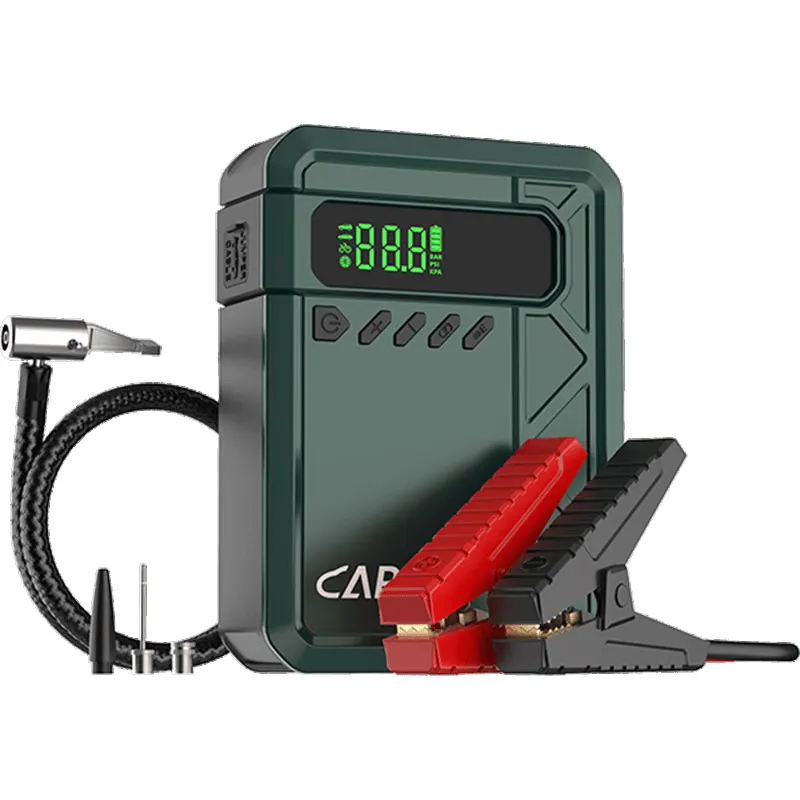
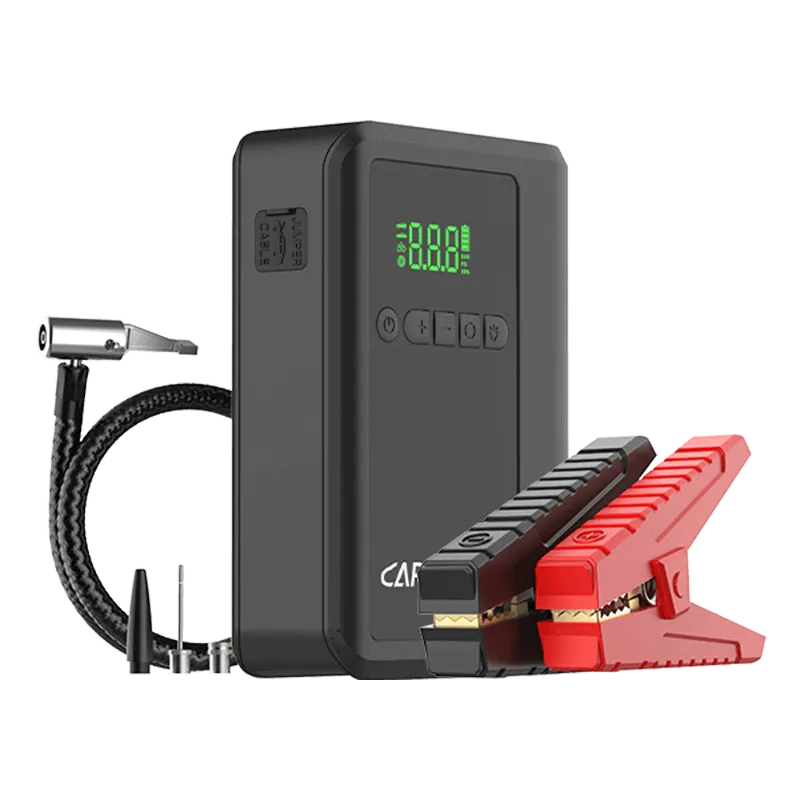
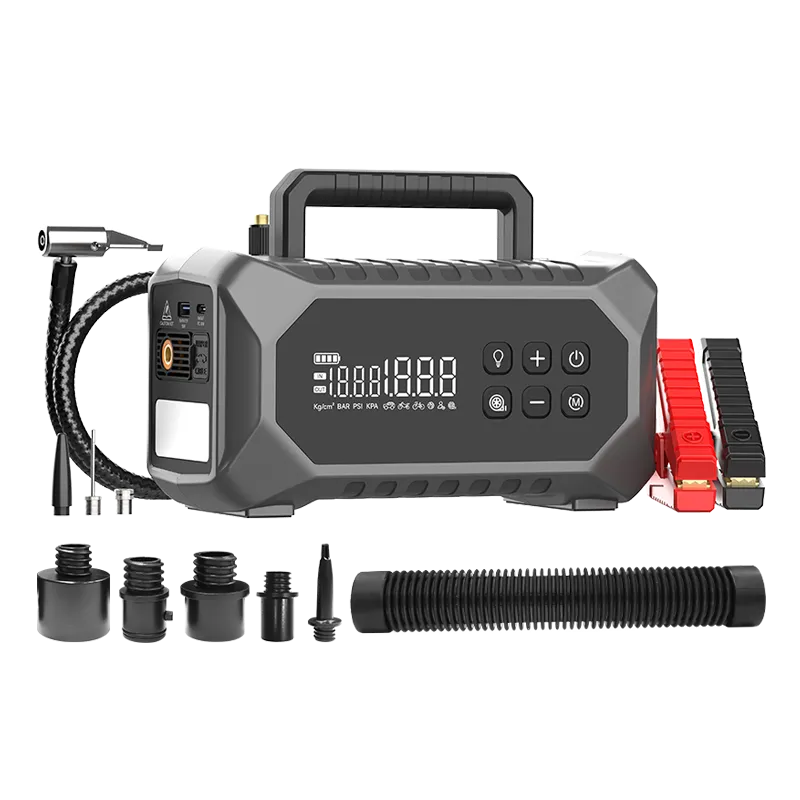
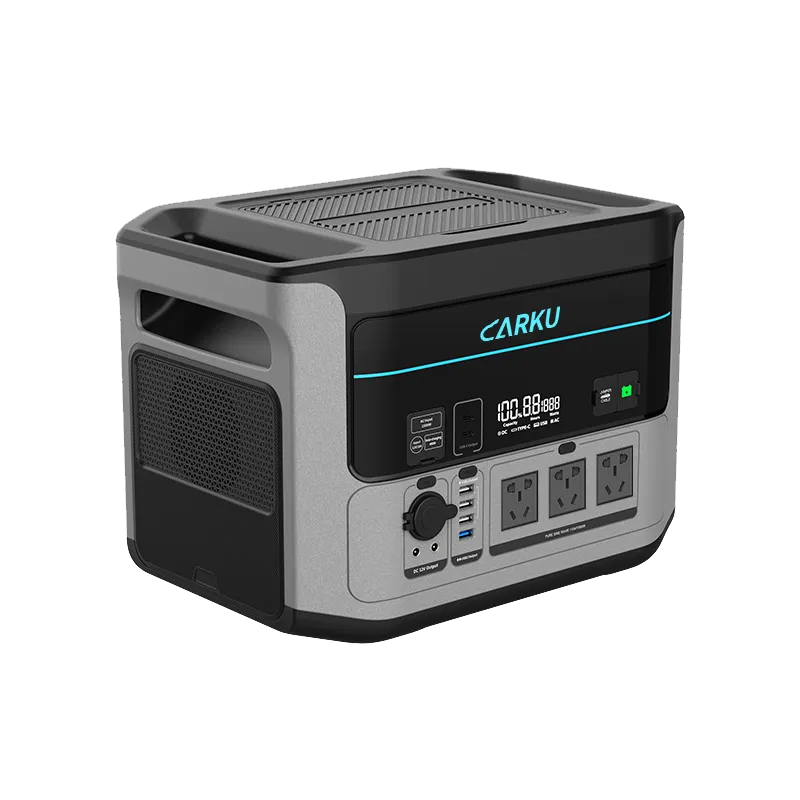
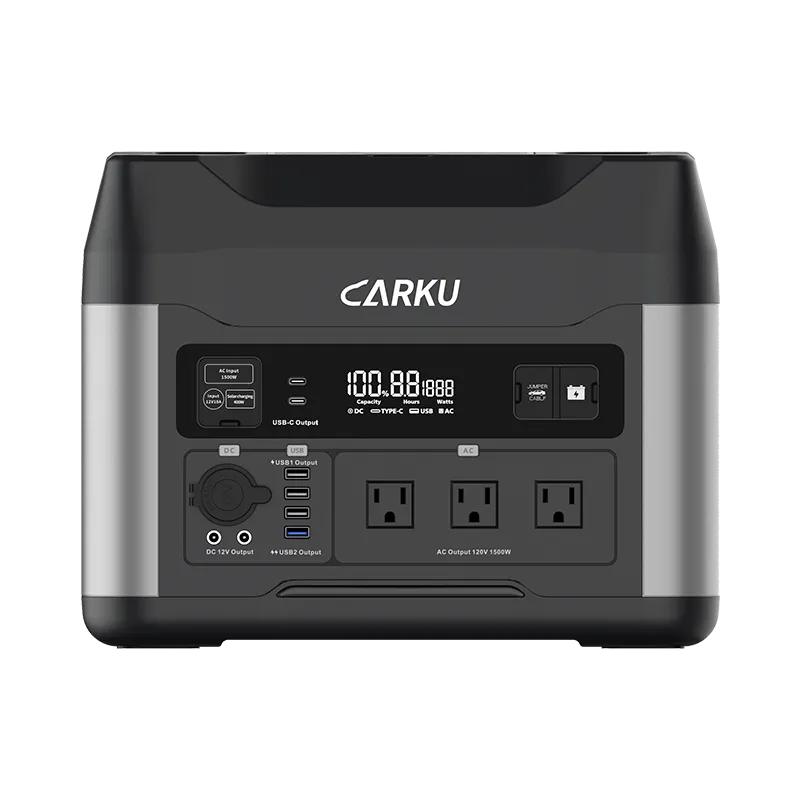
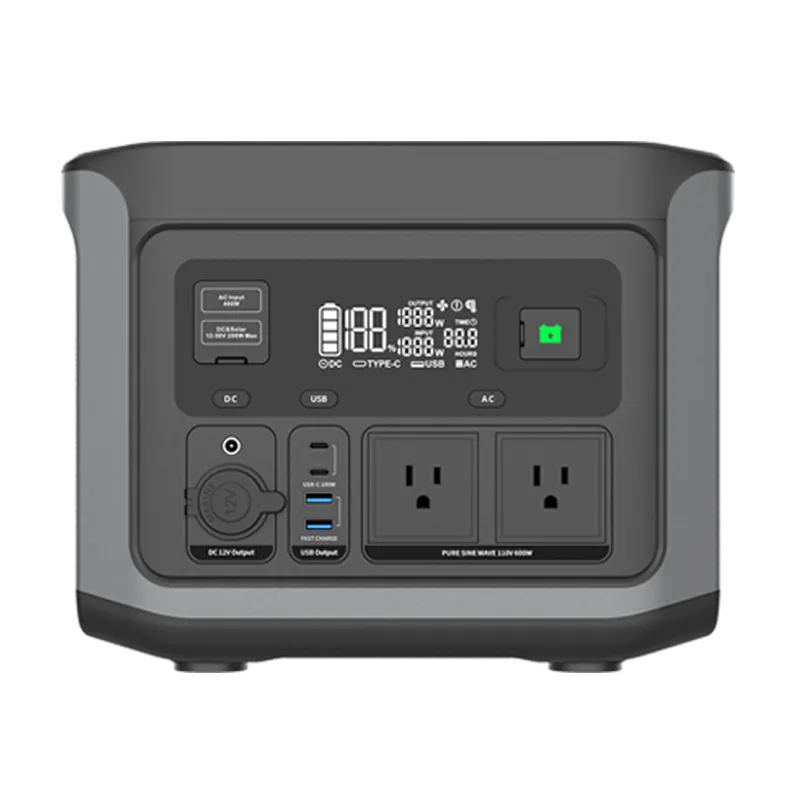
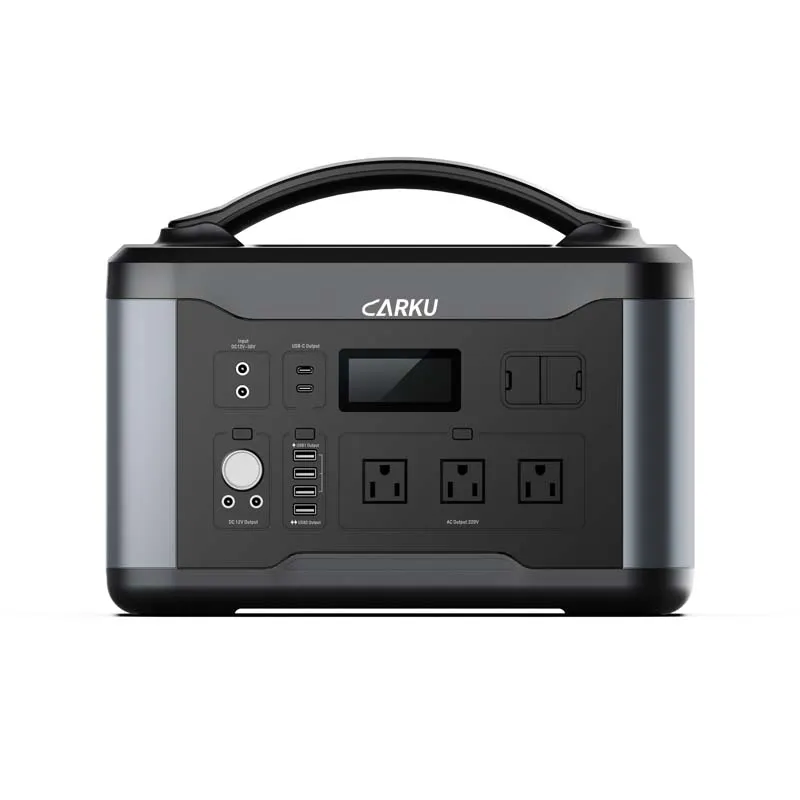
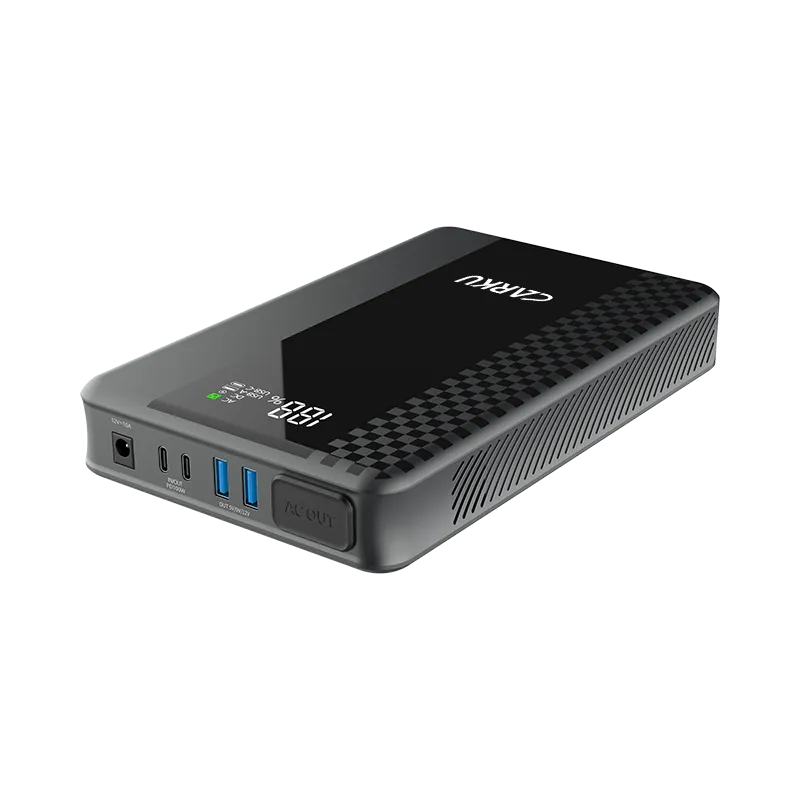
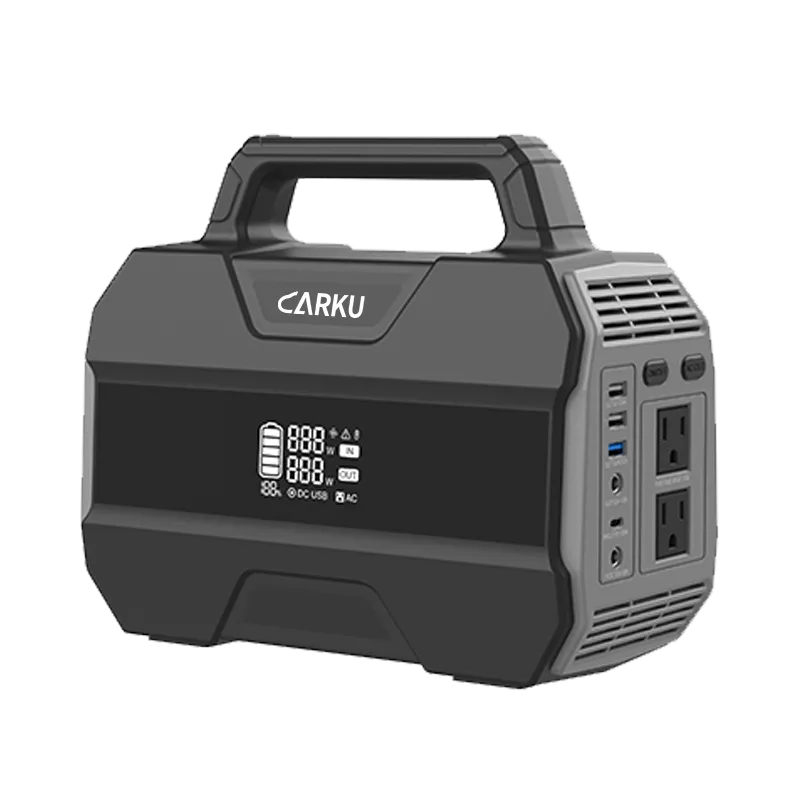
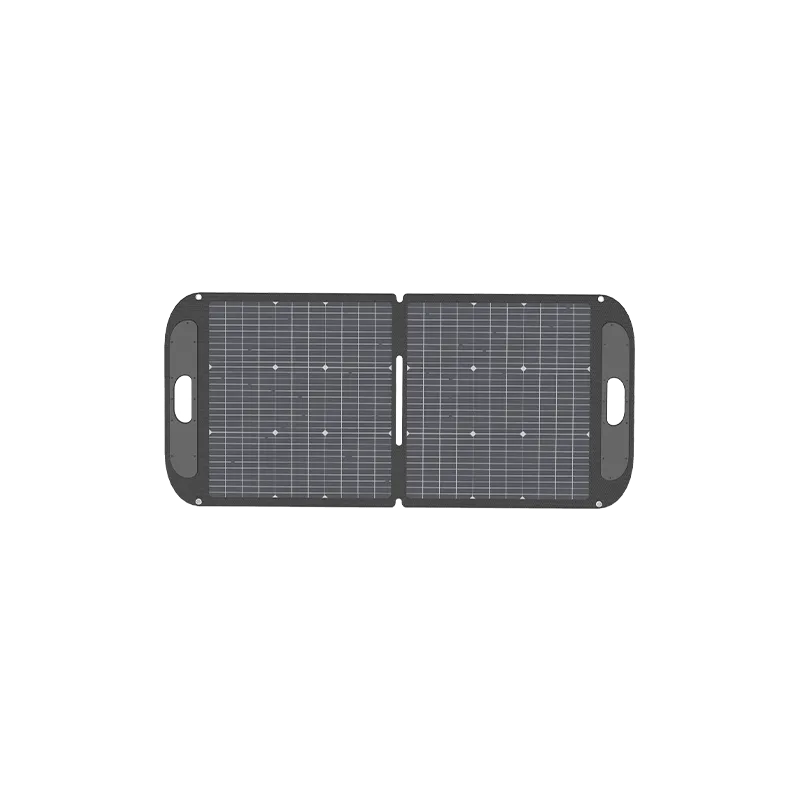
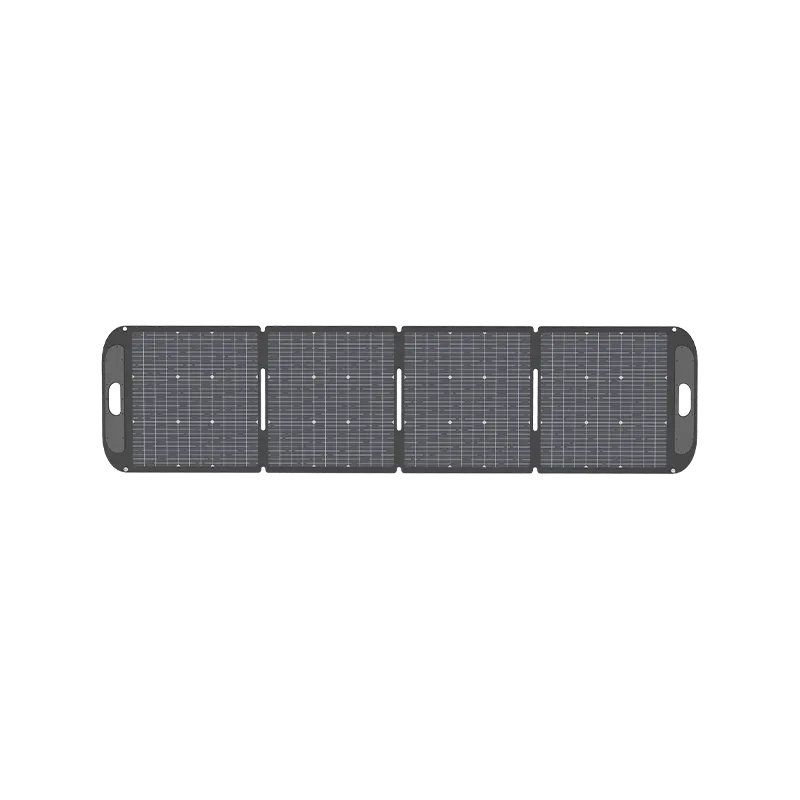
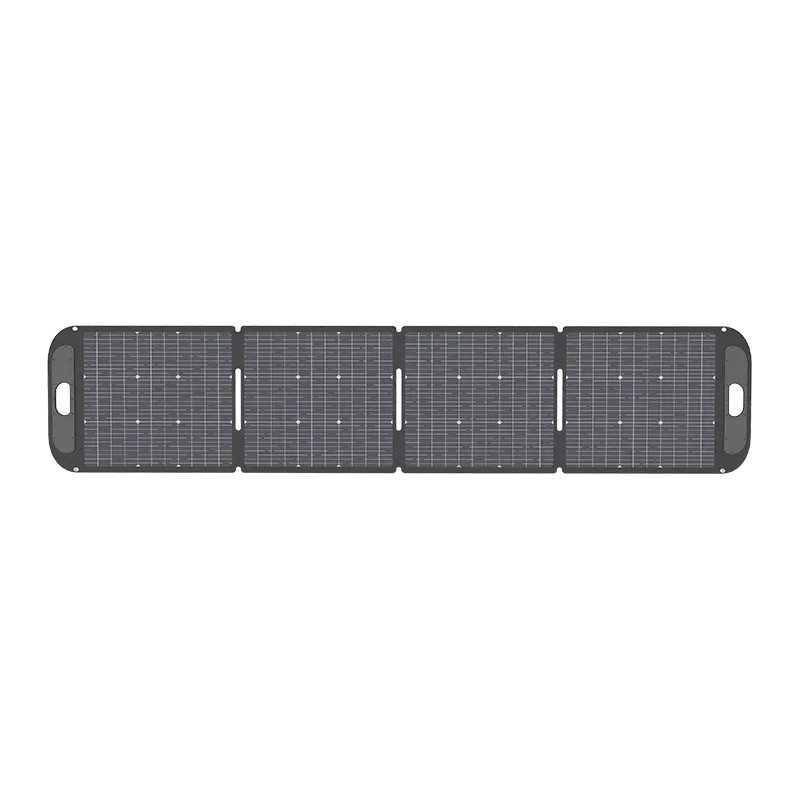
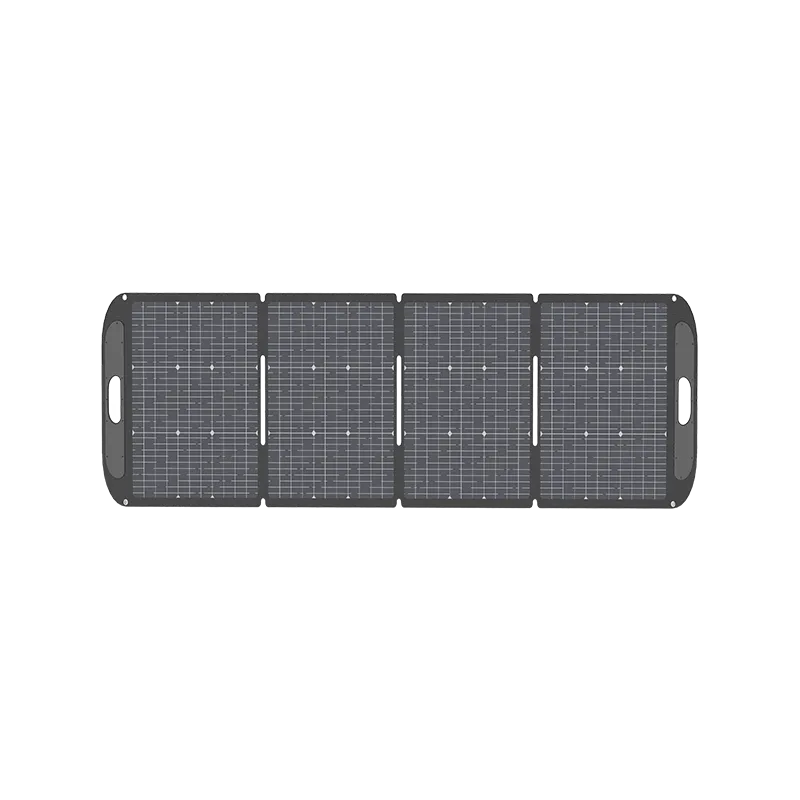
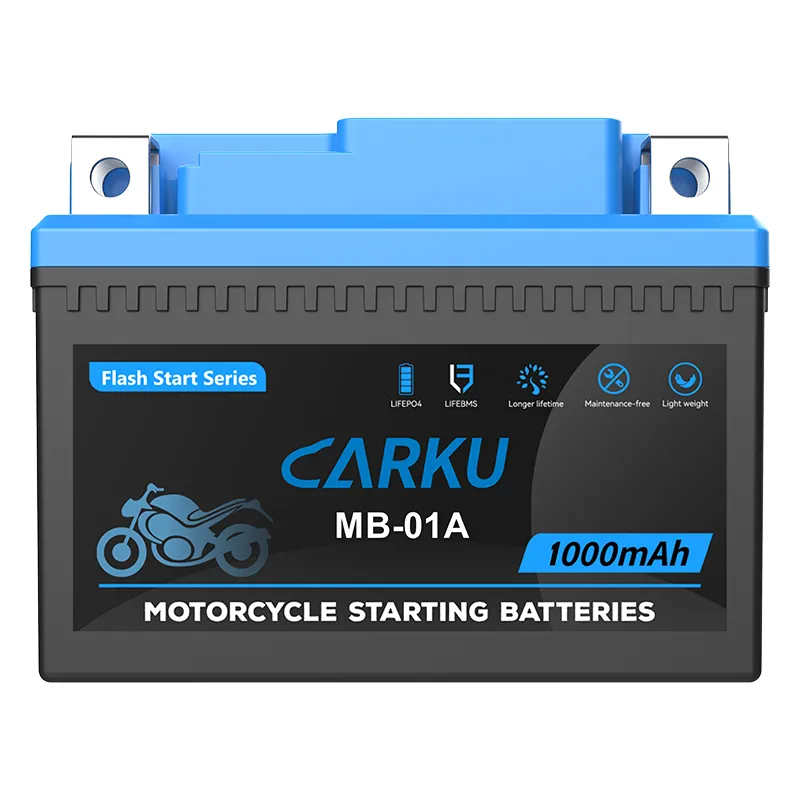
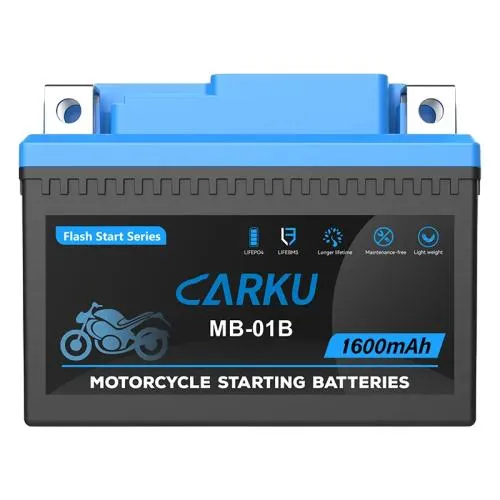
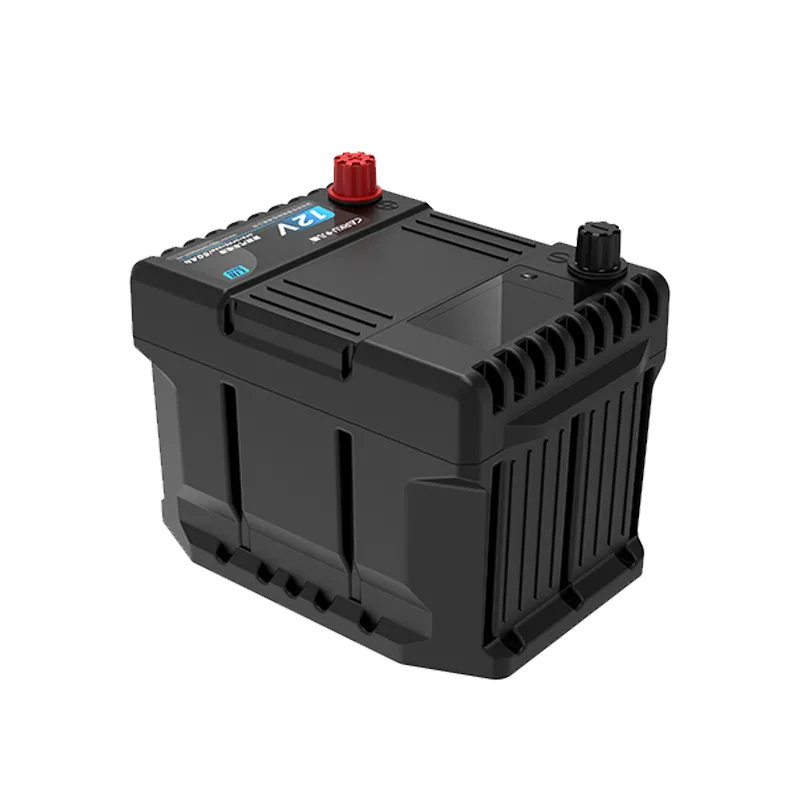
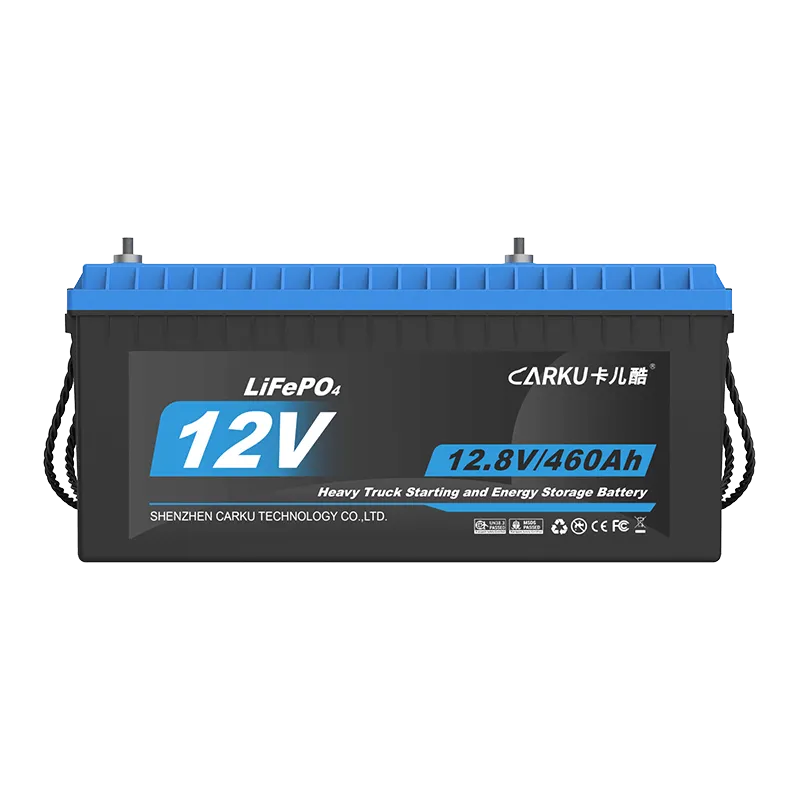
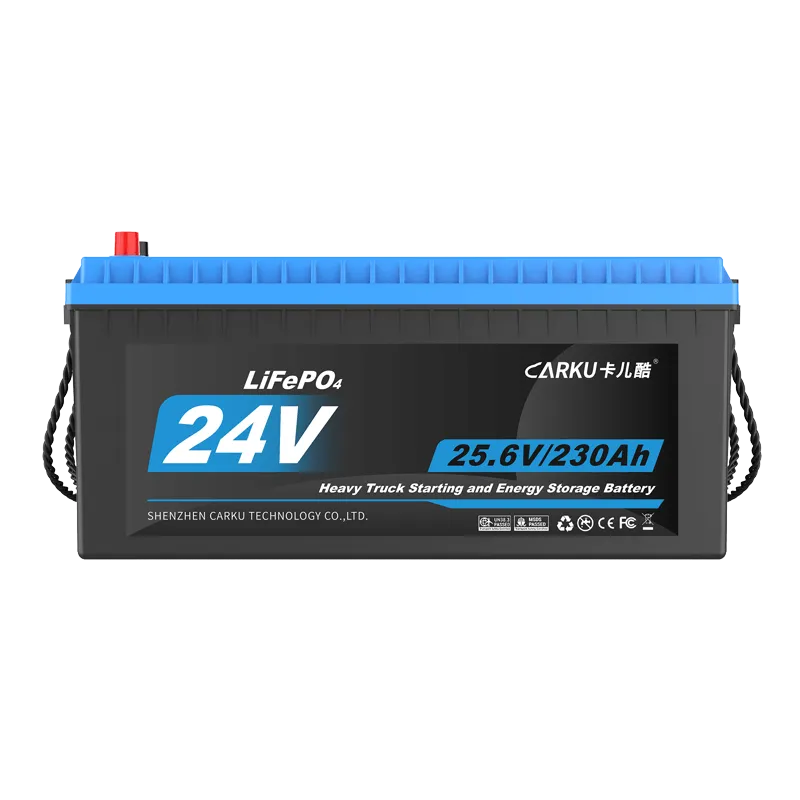
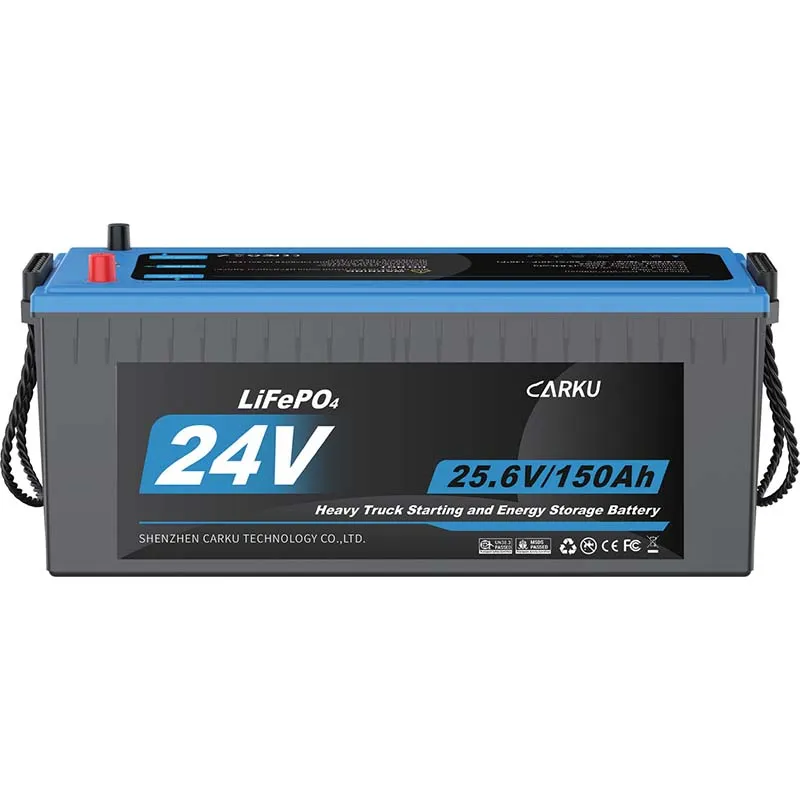
 Jump Starter ODM/OEM Solutions
Jump Starter ODM/OEM Solutions Portable Power Station ODM/OEM Solutions
Portable Power Station ODM/OEM Solutions Starting Battery ODM/OEM Solutions
Starting Battery ODM/OEM Solutions ABOUT CARKU
ABOUT CARKU STRENGTH FACTORY
STRENGTH FACTORY THE DEVELOPMENT HISTORY OF CARKU
THE DEVELOPMENT HISTORY OF CARKU CORE COMPETITIVENESS
CORE COMPETITIVENESS COMPANY CULTURE
COMPANY CULTURE QUALIFICATION
QUALIFICATION
 CARKU News
CARKU News CARKU Exhibitions
CARKU Exhibitions CARKU Battery Applications
CARKU Battery Applications






